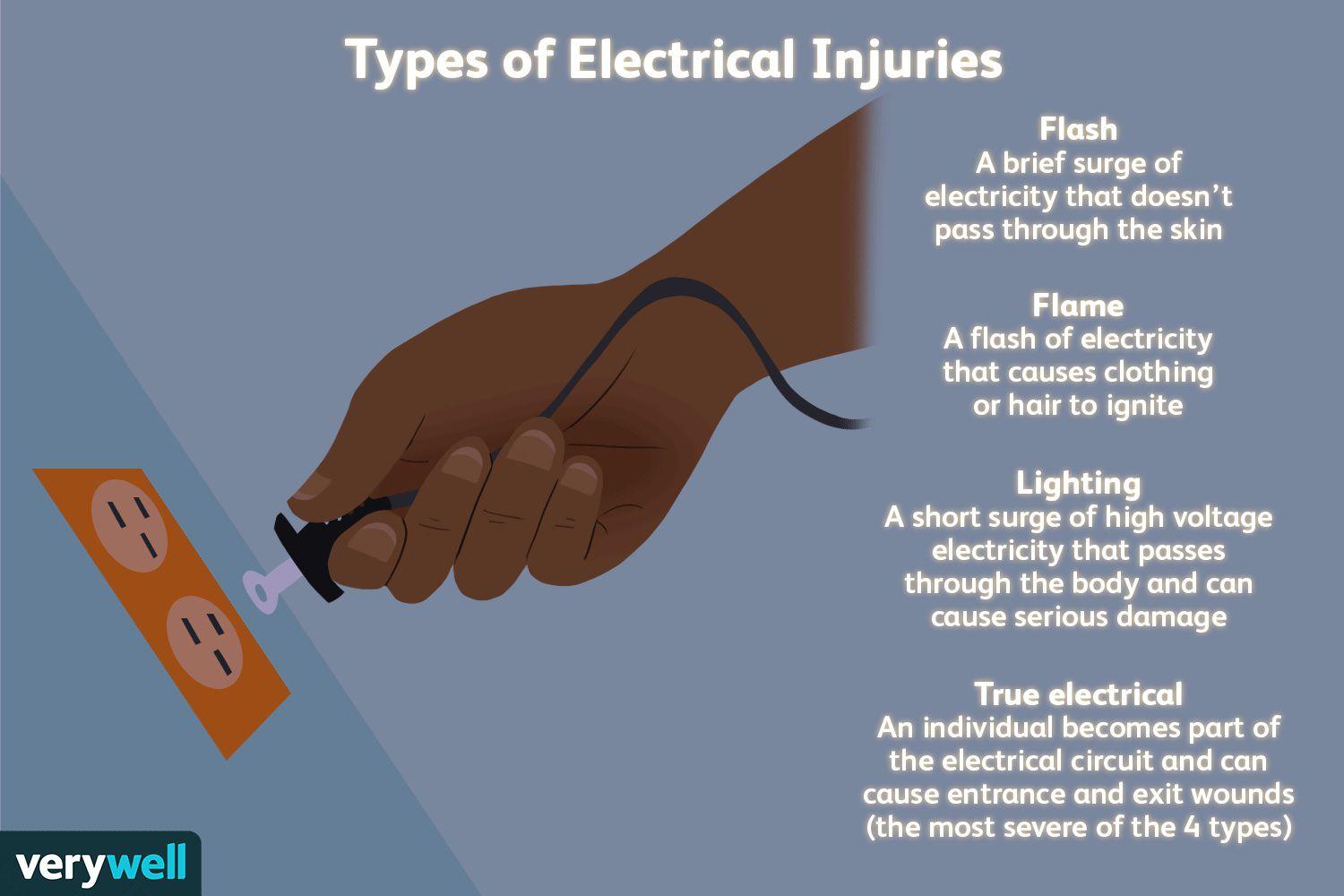The nurse is caring for a client with a chronic wound. Which of the following are wound treatments that may assist with the healing process?
Measure the depth and width of the wound.
Educate the client about the need for antibiotics.
Consult a nutritionist for a diet plan.
Remove any non-viable tissue.
Correct Answer : A,B,C,D
-
A. Measure the depth and width of the wound. Regular assessment and documentation of the wound’s size can help track the progress of healing and effectiveness of the treatment plan.
B. Educate the client about the need for antibiotics. If an infection is present, antibiotics may be necessary. It’s important for the client to understand the purpose and proper use of these medications.
C. Consult a nutritionist for a diet plan. Good nutrition is essential for wound healing. Certain nutrients, like protein, vitamin C, and zinc, can promote wound healing.
D. Remove any non-viable tissue. Debridement, or the removal of dead (non-viable) tissue, can help promote the healing of the wound by reducing the risk of infection and allowing healthy tissue to grow.
Nursing Test Bank
Naxlex Comprehensive Predictor Exams
Related Questions
Correct Answer is D
Explanation
A. Body mass index (BMI) of 19:
A BMI of 19 falls within the normal weight range. While obesity (high BMI) is a known risk factor for surgical complications, including SSIs, having a lower BMI (underweight) like 19 may not directly increase the risk of SSIs. However, extreme malnutrition or low BMI due to underlying health conditions could potentially impact wound healing and immune function, indirectly contributing to infection risk.
B. History of deep vein thrombosis (DVT):
A history of deep vein thrombosis is a risk factor for surgical complications, including SSIs. Patients with a history of DVT may have impaired circulation or underlying vascular issues, which can affect tissue perfusion, wound healing, and increase the risk of infections.
C. Aged 55 years old:
Age is a risk factor for surgical complications, including SSIs. Older adults, typically defined as those aged 65 and above, may have reduced immune function, slower wound healing, and underlying health conditions that contribute to infection risk. While 55 years old is not considered advanced age in terms of surgical risk, older age in general is associated with a higher risk of complications.
D. Type 2 diabetes mellitus:
Type 2 diabetes mellitus is a significant risk factor for SSIs. Diabetes can impair immune function, delay wound healing, and increase susceptibility to infections. Poorly controlled blood sugar levels in diabetic patients can further exacerbate the risk of SSIs post-surgery.
Correct Answer is A
Explanation
A. Electrical burns can have small amounts of skin damage, but more extensive damage beneath the skin.
This response is the best choice because it educates the client about the potential for deeper tissue damage associated with electrical burns. It acknowledges that while the burn on the skin may appear small, the damage underneath could be more extensive, affecting muscles, nerves, and blood vessels.
B. Electrical burns commonly cause reddened/purplish skin without blistering.
This statement is not the best response because it focuses solely on the appearance of the skin without addressing the potential for deeper tissue damage. While it is true that electrical burns can present with reddened or purplish skin without blistering, this response does not provide comprehensive information about the nature and severity of electrical burns.
C. Electrical burns typically are minor.
This response is incorrect because it downplays the seriousness of electrical burns. While some electrical burns may indeed be minor, others can cause significant tissue damage and complications. It's important for the nurse to educate the client about the range of severity that electrical burns can present.
D. Electrical burns usually cause much more skin damage than what can be seen on your skin.
This statement is partially accurate but does not provide as much information as choice A. While it acknowledges that electrical burns can cause more damage than what is visible on the skin's surface, it doesn't emphasize the potential for deeper tissue damage as effectively as choice A does.

Whether you are a student looking to ace your exams or a practicing nurse seeking to enhance your expertise , our nursing education contents will empower you with the confidence and competence to make a difference in the lives of patients and become a respected leader in the healthcare field.
Visit Naxlex, invest in your future and unlock endless possibilities with our unparalleled nursing education contents today
Report Wrong Answer on the Current Question
Do you disagree with the answer? If yes, what is your expected answer? Explain.
Kindly be descriptive with the issue you are facing.
